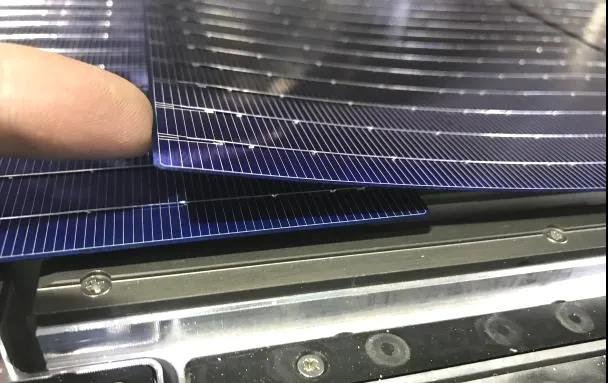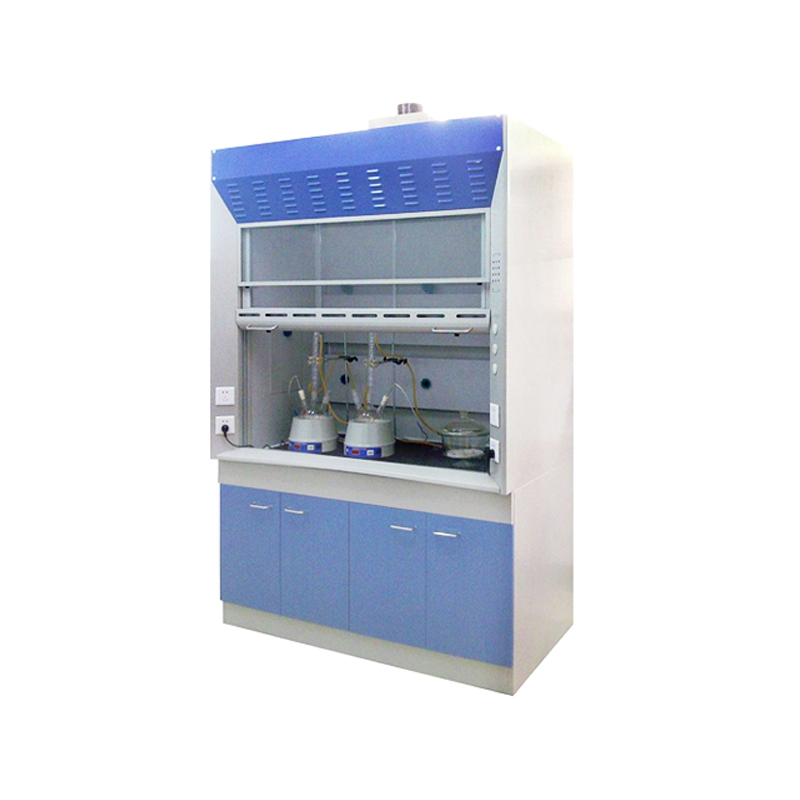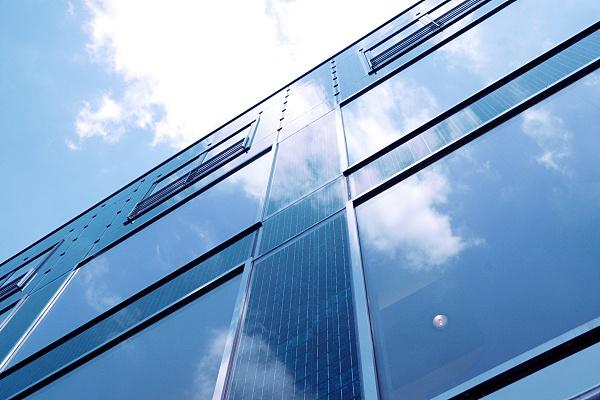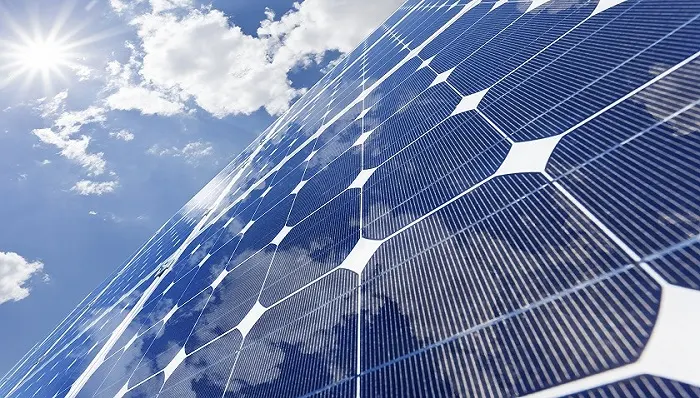
Quantum Efficiency Tester
PL/EL Integrated System
PV-Reflectumeter
3D Confocal Microscope
In-Line Four Point Probe Tester
Four Point Probe Tester
In-Line Thin Film Thickness Tester
Raman Spectrometer
FTIR Spectrometer
Spectrophotometer
Automatic Spectroscopic Ellipsometer
Contact Resistance Tester
Ultra depth of field 3D microscope
Auto Visual Tester
VMM PV Vision Measuring Machine
Solar Cell Horizontal Tensile Tester
Steady State Solar Simulator for Solar Cell
Solar Cell UV Aging Test Chamber
Solar Cell Comprehensive Tensile Tester
Visual Inspection Tester
Wet Leakage Current Tester
PV Module EL Tester
PV Module UV Preconditioning Chamber
Steady State Solar Simulator for PV Module
Current Continuous Monitor
Potential Induced Degradation Test
Bypass Diode Tester
LeTID Test System
Reverse Current Overload Tester
Impulse Voltage Tester
Hipot Insulation Tester
Ground Continuity Tester
Hipot Insulation Ground Tester
Damp Heat Test Chamber
Humidity Freeze Test
Thermal Cycle Test Chamber
Dynamic Mechanical Load Tester
Static Mechanical Load Tester
Hail Impact Tester
Robustness of Termination Tester
Module Breakage Tester
Cut Susceptibility Tester
Peel Shear Strength Tester
Universal Testing Machine (Single-arm)
Universal Testing Machine (Double-arm)
Glass Transmittance Tester
Acetic Acid Test Chamber
EVA Degree of Crosslinking Test System
Junction Box Comprehensive Tester
Drop ball tester
Semi-automatic scanning four-probe tester
Stylus Profilometer
Maximum Power Point Tracker
Perovskite Glass Transmittance Tester
Perovskite P1 Laser Scribing Multifunctional Testing Machine
Perovskite Online PL Tester
Perovskite Online Sheet Resistance Tester
Online Perovskite Film Thickness Tester
Perovskite Process Inspection Workstation
Portable IV Curve Tester
Portable EL Tester
Portable Thermal Imaging Tester
Solar Module Multi-Channel Testing System
PV Inverter Power Quality Tester
Drone EL Tester
IV Tester
IVEL Cell Sorting Machine
Photovoltaic Module Structure
Date : 2023-11-27Views : 165
![]()
Core component - solar cells
From a functional point of view, cells are semiconductor flakes obtained by processing silicon wafers that can convert the sun's light energy into electrical energy, which determines the power generation capacity of the photovoltaic system. The principle is the photovoltaic effect and PN junction. The conversion efficiency of the cells directly affects the power generation efficiency of the photovoltaic system, and the excellent production process of the cells directly affects the service life of the photovoltaic system; from the perspective of cost ratio, cells are the core of the cost of photovoltaic modules and are also the main way to reduce the cost of photovoltaic modules.

![]()
Electrical connection devices - soldering strips, junction boxes
From a functional point of view, the soldering ribbons are divided into interconnecting ribbons used to connect solar cells in series and busing ribbons used to connect solar cell strings and junction boxes. They are used to collect the current converted by the cells and are the core of the component. Directly affects the component current collection efficiency and the cell fragmentation rate. The junction box can transmit the current generated in the photovoltaic module to the external circuit. The performance of the diode in its structure is to form a bypass path to maintain normal operation when the module fails (bypass diode), and to prevent the backflow of current in low light conditions (blocking diode) and other effects; from the perspective of cost ratio, the welding ribbon link mostly adopts the "raw material + processing fee" pricing model, and the price fluctuates greatly due to the price of raw materials copper and tin.
![]()
EVA Crosslinking Degree Test System
The EVA cross-linking degree testing system independently developed and manufactured by Millennial Solar has been adopted by many domestic photovoltaic module manufacturing companies. The products comply with IEC 62788-1-6:2017, GB/T 29848-2018, CQC 3307-2014 "For photovoltaic module packaging" EVA cross-linking degree test standard in standards such as "Ethylene Vinyl Acetate Copolymer (EVA) Film".

E-mail: market@millennialsolar.cn
![]()
Encapsulation materials - photovoltaic glass, backsheet
From a functional point of view, photovoltaic glass is a special glass that can use solar radiation to generate electricity and draw out current. It is also the outermost light-transmitting packaging panel of the photovoltaic module. It mainly plays the role of light transmission and protection. Compared with traditional glass, it has lower iron content and It has the advantages of high light transmittance, high temperature resistance, oxidation resistance, and corrosion resistance. Its quality directly affects the power generation efficiency and service life of photovoltaic modules. The backsheet is the packaging material on the back of the module. It is mainly made of organic polymer materials, but there are also inorganic materials (glass backsheet, etc.) suitable for dual glass silicon modules. The backsheet can protect photovoltaic modules from the erosion of external environments such as light, moisture, and heat. Backsheets with higher light reflectivity can also improve the overall photoelectric conversion efficiency of the module.

![]()
Packaging auxiliary materials - EVA film, aluminum frame
From a functional point of view, photovoltaic adhesive film has excellent adhesion, durability and optical properties. It mainly bonds the cells to the glass and backplane, protecting the cells and isolating the air. Since the bonding process is irreversible, the quality of the adhesive film directly determines the packaging quality and service life of the photovoltaic module. As the outermost packaging structure of photovoltaic modules, aluminum frames have stronger load-bearing capacity and corrosion resistance than steel frames and rubber snap-on short frames. They are also lightweight and perfectly meet the characteristics of the modules.


































































